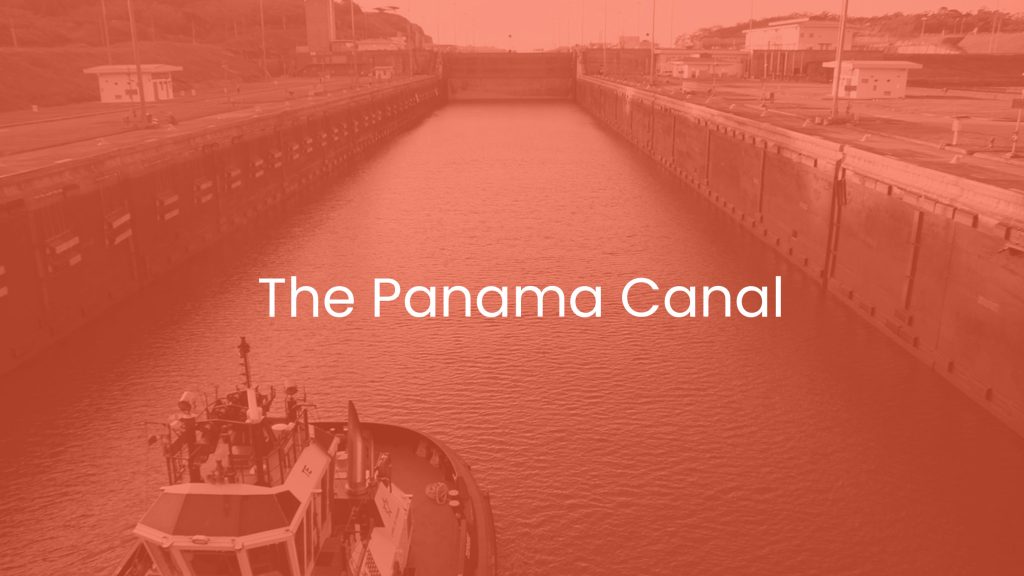|
Getting your Trinity Audio player ready...
|
Let God change the way you think. Then you will know how to do everything that is good and pleasing to him (Romans 12:2, CEV).
Doing and thinking the same yields the same results. The Panama Canal, considered to be one of the Seven Wonders of the Modern World, illustrates failure from doing the same, and victory by thinking outside the box.
Doing the same. . .
The French finished building the Suez Canal in 1869, connecting the Mediterranean Sea with the Red Sea. Brimming with confidence, they considered the challenge of connecting the Atlantic and Pacific Oceans through the isthmus country of Panama.
With the Suez, the French constructed a straight-line 120-mile-long sea-level canal with no locks, using trenching machinery designed for the sand and soft soil of a dry desert.
Yep, bring on a 51-mile-long Panama Canal, they thought!
In Panama, they encountered mountains of very dense volcanic basalt, and the French trenching machinery (built for sand) proved useless. But that didn’t stop them. So, they blasted and blasted, using the same amount of dynamite as all the bombs of World War I, resulting in thousands of workers being killed or maimed in accidents. But that didn’t stop them. Then, they faced their fiercest resistance — mosquitoes (not found in the deserts of Suez) — with thousands upon thousands of workers dying from malaria and yellow fever.
And you guessed it, that didn’t stop them.
But the rocks, the dynamite, and the mosquitos drove the project over budget — way over budget — and that did not stop them.
But after 10 years of futility, the French gave up in 1889.
Change your thinking. . .
In 1904, the United States took over the project to build the Panama Canal. Enter John Stevens, an American Civil Engineer, who thought differently.
First, he dammed several rivers in the interior of Panama to form large connecting lakes, eliminating much of the basalt excavation needed for a sea-level canal. However, with the lakes not at sea level, Stevens constructed locks to lift ships up and down from sea level to lake level. Second, he worked to eradicate mosquitos in the Panama Canal Zone. The French lost over 22,000 workers, while the Americans lost about 6,000.
On August 15, 1914, the first ship (the USS Ancon) passed through the Panama Canal. Success came from thinking outside the box.
My wife, Barbara, and I are just back from a nine-day trip to Panama.
We rode a train alongside the canal, took a boat ride on the canal itself, bounced over the large wakes from passing ocean-going freighters, and watched huge ships raised and lowered by waterpower alone (no electric pumps) in the locks.
Being a fan of canal boat videos on Amazon™ Prime depicting narrow boats traveling the canals of England, I expected a trench in Panama, not ships passing through lakes. I had to expand my thinking of what canals could be!
It’s the same with everything we do. As Paul says in Romans 12:2, “Let God change the way that you think.”
Below is a photo of the Panama Lake/Canal from that famous photographer, Barbara Edwards. . .

